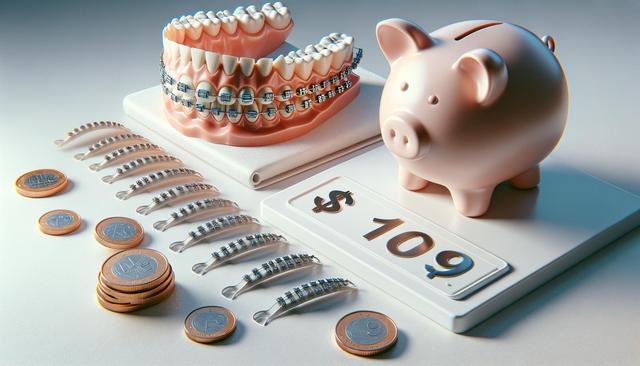What Are Dental Braces and Why Do They Vary in Price?
Dental braces are orthodontic devices used to correct misaligned teeth and jaws. While the primary goal is to improve dental health and aesthetics, the price of braces can vary significantly depending on multiple factors. Understanding these variables can help individuals and families plan better for the financial aspect of treatment. Braces come in various types, including traditional metal braces, ceramic options, lingual braces, and clear aligners, each with its own cost range.
The choice of material and technology plays a major role in determining the final price. For example, traditional metal braces are generally more affordable, whereas ceramic and lingual options, which are less visible, tend to be more expensive. Clear aligners, which offer a removable and discreet solution, are often priced at the higher end due to their convenience and aesthetics. The complexity of the case also affects pricing; more severe misalignments require longer treatment times and more frequent adjustments, leading to higher costs.
Key Factors That Influence Braces Pricing
Several elements contribute to the overall cost of dental braces. These include not just the type of braces, but also the orthodontist’s expertise, location, and additional services provided throughout the treatment period. Here are some common factors that typically influence pricing:
- Type of Braces: Different materials and styles (metal, ceramic, lingual, clear aligners) come with different costs.
- Length of Treatment: Longer treatment periods usually increase the overall cost due to more visits and adjustments.
- Geographic Location: Urban areas or regions with a higher cost of living may have higher prices.
- Orthodontist’s Experience: Highly experienced specialists may charge more for their services.
- Additional Treatments: Some patients may require tooth extractions, retainers, or other procedures, adding to the total cost.
These factors combined can create a wide range in pricing, making it essential to get a personalized quote based on your specific needs.
Average Cost Ranges for Different Types of Braces
While prices can vary, there are general cost ranges that can serve as a guideline. On average, here is what you might expect to pay depending on the type of braces:
- Metal Braces: Typically range from $3,000 to $7,000. They are effective and widely used, making them a more accessible option.
- Ceramic Braces: Usually fall between $4,000 and $8,000. They are less visible but more fragile than metal braces.
- Lingual Braces: Range from $8,000 to $10,000 or more. These are placed behind the teeth, offering an invisible appearance from the front.
- Clear Aligners: Costs range from $3,000 to $8,000 depending on the brand and length of treatment.
It is important to note that these are just estimates. A consultation with an orthodontist is necessary to determine the exact cost based on your treatment plan.
Insurance and Payment Options
Dental insurance can play a significant role in reducing the out-of-pocket expense for braces. Some insurance plans include orthodontic coverage, while others may offer partial reimbursement. If you have dental insurance, check whether orthodontic treatment is covered and what the limits are. Coverage often includes a lifetime maximum, which means it won’t renew annually like other benefits.
In addition to insurance, many orthodontic practices offer flexible payment plans. These may include:
- Monthly installment plans with no or low interest
- Discounts for upfront, full-payment options
- Health savings accounts (HSAs) or flexible spending accounts (FSAs) to cover costs with pre-tax dollars
Understanding your financial options before starting treatment can help you manage the cost more comfortably. Be sure to ask about all available plans and compare offers from different providers if possible.
Making an Informed Decision
Choosing the right type of dental braces involves more than just cost considerations. Factors such as comfort, appearance, lifestyle, and treatment goals should also play a role in your decision. Consulting with an orthodontist will give you a clearer picture of what to expect in terms of duration, maintenance, and outcomes.
Here are a few tips to help you make a more informed choice:
- Research different types of braces and their pros and cons
- Get quotes from multiple providers to compare pricing and services
- Ask about all potential costs, including follow-up visits, retainers, and emergency care
- Evaluate whether the cost aligns with the expected benefits and your long-term dental health goals
Making a well-informed choice not only ensures better results but also helps you feel more confident about your investment in oral health.
Conclusion: Planning Ahead for a Healthier Smile
Dental braces are a significant investment in both time and money, but they can lead to lasting improvements in dental health and overall confidence. By understanding the factors that influence pricing and exploring different options, you can approach the process with clarity and preparedness. Whether you’re considering braces for yourself or a family member, taking the time to research, consult with professionals, and plan financially will help you achieve the desired results within your budget.




Leave a Reply